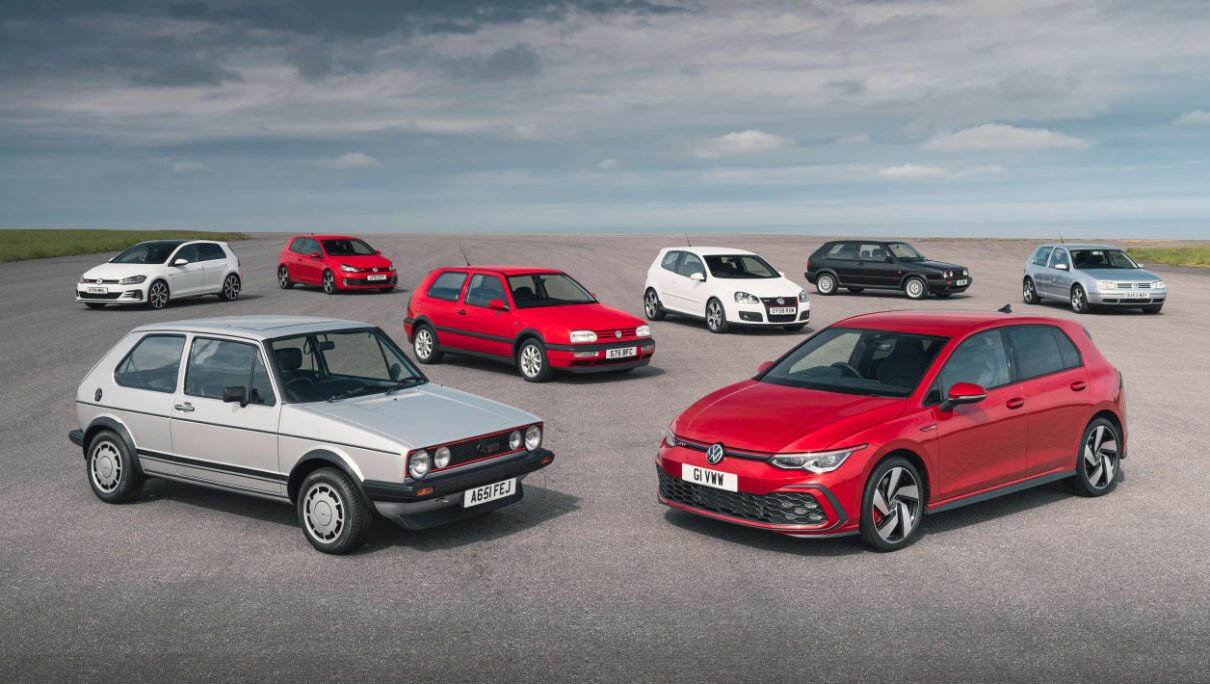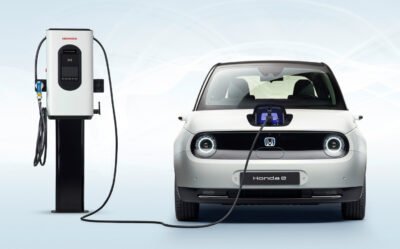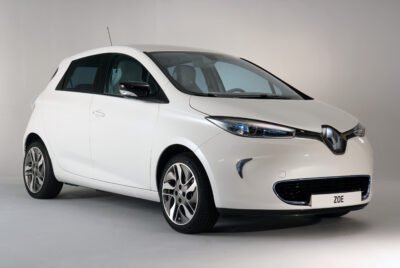The Volkswagen Golf has established itself as an iconic nameplate in the automotive industry, renowned for its reliability, versatility, and performance. Over the years, this compact hatchback has undergone significant transformations, evolving with the changing demands of drivers and advancements in automotive technology. In this article, we take a journey through time to explore the remarkable evolution of the Volkswagen Golf.
The Birth of a Legend: Introducing the Volkswagen Golf Mk1
The Volkswagen Golf made its debut in 1974, replacing the beloved Beetle as Volkswagen’s flagship compact car. The Golf Mk1 showcased a fresh and modern design, boasting a front-wheel-drive layout and a range of fuel-efficient engine options. Its practicality, affordability, and engaging driving dynamics quickly captured the hearts of drivers worldwide.
Advancements and Refinements: The Golf Mk2 and Mk3
- Golf Mk2: Building on the success of its predecessor, the Golf Mk2, introduced in 1983, featured improved aerodynamics, increased interior space, and enhanced safety features. It offered a more refined driving experience while maintaining the Golf’s signature charm.
- Golf Mk3: With the Golf Mk3, introduced in 1991, Volkswagen aimed for a more sophisticated and upmarket appeal. It featured a sleeker design, improved handling, and a range of engine options to suit various preferences and driving conditions.
Setting New Standards: The Golf Mk4 and Mk5
- Golf Mk4: The Golf Mk4, launched in 1997, marked a significant turning point in the Golf’s evolution. It featured a more robust build quality, advanced safety systems, and increased interior comfort. The Mk4 also introduced new engine technologies, including direct injection and turbocharging, delivering improved performance and fuel efficiency.
- Golf Mk5: In 2003, the Golf Mk5 continued the legacy of its predecessors with further refinements. It showcased a more upscale design, enhanced handling dynamics, and a host of innovative features, solidifying the Golf’s position as a leader in its segment.
Embracing Efficiency and Electrification: The Golf Mk6 and Mk7
- Golf Mk6: The Golf Mk6, introduced in 2008, focused on improved fuel efficiency and reduced emissions. It incorporated advanced technologies such as start-stop systems, regenerative braking, and lightweight materials, setting new standards for eco-friendly driving without compromising performance.
- Golf Mk7: With the Golf Mk7, launched in 2012, Volkswagen embraced the era of connectivity and digitalization. The Mk7 featured cutting-edge infotainment systems, driver assistance technologies, and efficient turbocharged engines. It also introduced the iconic GTI and Golf R performance variants, catering to enthusiasts seeking exhilarating driving experiences.
Leading the Electric Revolution: The Golf Mk8 and Beyond
- Golf Mk8: The Golf Mk8, introduced in 2019, embraced the shift towards electrification. It offered mild-hybrid, hybrid, and fully electric powertrain options, providing drivers with eco-friendly alternatives. The Mk8 also featured a futuristic interior design, advanced driver-assistance systems, and seamless connectivity.
- Future Possibilities: As Volkswagen looks ahead, the Golf’s evolution is expected to continue. With the rise of electric mobility and autonomous driving, future iterations of the Golf may push boundaries in terms of range, connectivity, and advanced safety technologies, revolutionizing the way we perceive compact cars.
From its humble beginnings to its current position as a global icon, the Volkswagen Golf has continually evolved, adapting to changing times and driving preferences. Each generation of the Golf has brought advancements in design, technology, and performance, staying true to its core.






